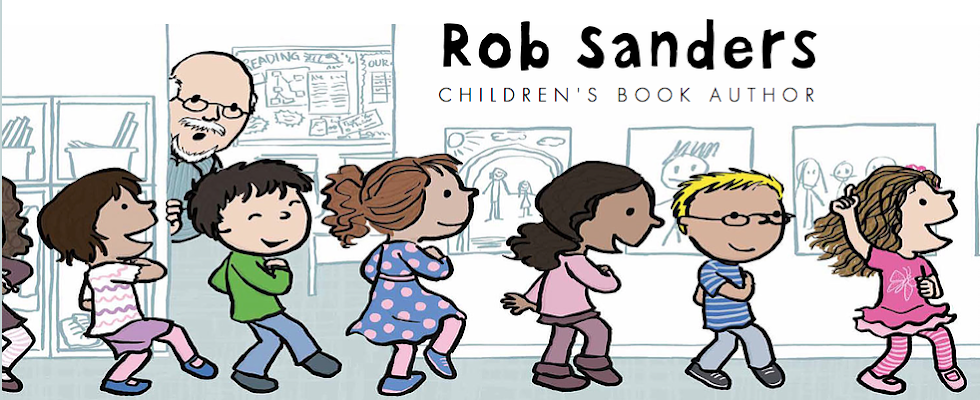Week of January 23—Word Up!
Wednesday, January 26—Dialogue Tags
“She said. Then I said. Then she said that I said that she said.” Have you ever read dialogue like that? If so, maybe you’ve taught fourth graders, too!
We’re all about word choice this week, so we’re not going to wander into dialogue. What we are going to look at are dialogue tags--those little things at the end of dialogue that identify the speaker and how he/she is speaking. In my classroom we call this: Words for Said. Here are some tips I’ve gathered about dialogue tags.
· Stick with the basic dialogue tags most of the time—said, asked, answered, replied. Linda Arms White says these words are neutral and don’t distract from the story.
· If you choose another verb instead of said, use it to show emotion or a character's state of mind.
· Use "non-basic" dialogue tags sparingly so as not to ruin the impact they can have.
· If you write: “LOOK OUT!” you probably don’t need to add she shouted. (It’s already obvious.)
· If you write: “I’m scared,” he whispered. You probably don’t need to add nervously at the end of the sentence. (The dialogue and the dialogue tag are already communicating that.)
· Just because it’s a verb doesn’t mean it’s a dialogue tag. Consider these non- examples:
o “Stop that right now,” she frowned. (She might say it and frown, but she can’t frown the words.)
o “That hurts!” he grimaced. (Grimace is not a synonym for said.)
o “Well . . . “ she hesitated, “I don’t know.” (Hesitated doesn’t work, besides the ellipses shows the hestitation.)
Because dialogue is so limited in picture books, I wanted to see how many (or how few) dialogue tags successful writers use. So I listed out all the dialogue tags used in some popular books. The results of my informal survey are below. (You can also see how limited dialogue is in some of these books.)
The Recess Queen by Alexis O’Neill and Laura Huliksa-Beith
growled (used twice)
howled (used twice)
sang
called out
The Wolf Who Cried Boy by Bob Hartman and Tim Taglin
whined
howled (used twice)
whimpered
barked
sighed (used three times)
muttered
asked
moaned
panted
said (used three times)
cried (used four times)
agreed
whispered
hollered
shouted
shouted
added
pleaded
begged
growled
Brontorina by James Howe and Randy Cecil
pointed out
replied
pleaded
said (used three times)
commanded
exclaimed
cried (used three times)
shouted
called out
asked
A Pet Peeve
One of my pet peeves is repetitive dialogue tags. I know that the basics (said, answered, replied, asked) will be used over and over, but personally I don’t want to do that with my “emotional/amped up” dialogue tags. I want to make my dialogue tags grow in emotional intensity as the story arc grows. For instance, from whined, to moaned, to groaned. The exception to this would be when the dialogue tag is being repeated purposefully and intentionally. For instance, an author may decide a character who is always overreacting will always SHRIEK his dialogue. (Like a Henny Penny!)
It’s Your Turn!
1.On a page in your writer’s notebook, begin to collect great dialogue tags you can use in the future.
2. Revise the dialogue tags in a piece of your writing.

No comments:
Post a Comment